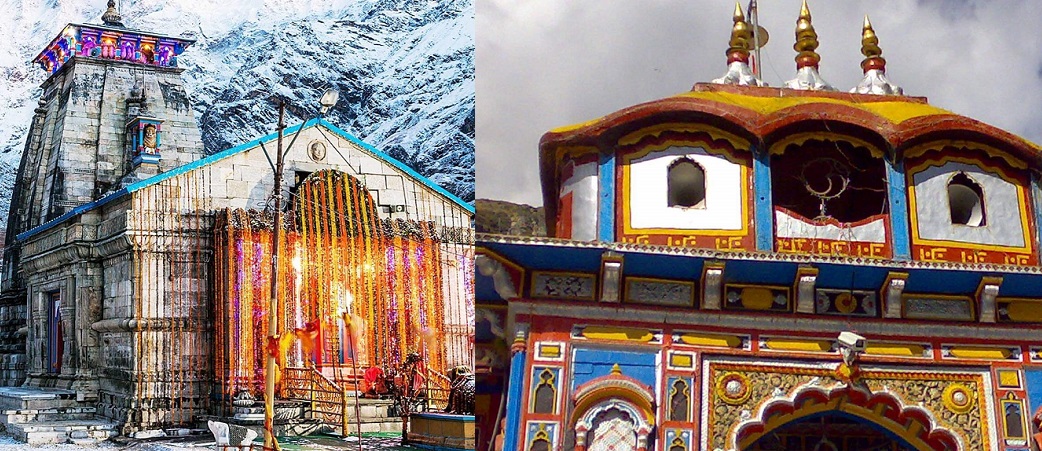The Char Dham Yatra is a highly revered spiritual journey, which takes you through four sacred shrines in Uttarakhand - Gangotri, Yamunotri, Kedarnath and Badrinath. All of these temples, dedicated to different gods and goddesses of the Hindu religion, are perched on high altitudes, such that making it to the shrines requires trekking. Among the 4 sacred temples, Badrinath and Kedarnath Temples are majorly visited by a large number of pilgrims. While both temples are nestled deep in the Himalayan ranges of Uttarakhand, the journey to reach them is quite different. One is connected by a motorable road, while the other demands a test of stamina and willpower.
So, when it comes comparing the difficulty level of reaching Kedarnath and Badrinath, the answer depends on several factors - distance, terrain, travel mode, and individual comfort levels. Let’s break it down in a simple way to understand the difference between the two pilgrim routes.
Location and Altitude
Both Kedarnath and Badrinath are located in high-altitude regions of Uttarakhand.
• Kedarnath sits at an altitude of about 3,583 metres (11,755 feet) above sea level.
• Badrinath is slightly lower, at around 3,100 metres (10,170 feet).
The higher altitude of Kedarnath makes the air thinner, which can sometimes make the journey more challenging for certain pilgrims, especially those not used to high-elevation travel.
Connectivity by Road
When comparing road connectivity, Badrinath is definitely easier to reach.
• The Char Dham Routes that lead to Badrinath are fully motorable. Pilgrims can travel by car, bus, or taxi directly up to the Badrinath temple entrance.
• On the other hand, Kedarnath cannot be reached by vehicle at all the way. The motorable road ends at a place called Gaurikund, from where a 16 to 18-km trek begins. This is what makes Kedarnath harder to reach for many travellers.
While there are now options like helicopter services to Kedarnath (when weather permits), the most common way is still the long uphill trek, which is steep, time-consuming, and physically demanding.
The Trek to Kedarnath
The trek to Kedarnath is what makes it truly challenging. From Gaurikund, pilgrims walk through narrow mountain paths, forests, and rocky trails. The journey tests one’s physical strength and mental patience. The distance may vary slightly depending on the exact path chosen, but it generally takes anywhere from 6 to 12 hours on foot, depending on your pace and stamina. For many, especially the elderly or those with health concerns, this trek becomes the toughest part of the Char Dham Yatra. Although ponies, palanquins, and helicopter options are available, walking is still the traditional and preferred route for many devout pilgrims. The weather can change suddenly in this region, adding to the difficulty level.
Reaching Badrinath – A Smooth Ride
Compared to Kedarnath, the journey to Badrinath is much smoother. The roads are well-maintained, and buses and private taxis go right up to the temple town. The final stretch of road winds through breathtaking mountain scenery, but there is no trekking required. This makes Badrinath more accessible for a wider range of visitors, including families with young children, senior citizens, and those who may have physical limitations. The overall journey is more relaxed and less physically demanding than Kedarnath’s.
Spiritual Journey vs Physical Journey
It’s important to remember that both temples hold immense spiritual value. While Badrinath is dedicated to Lord Vishnu, Kedarnath is a shrine of Lord Shiva, and both play an essential part in the Char Dham Yatra. Many pilgrims believe that the physical effort of reaching Kedarnath brings a deeper spiritual connection. The long and difficult walk, for some, becomes a way of expressing devotion and cleansing the mind. On the other hand, Badrinath's accessibility makes it more welcoming, especially for those whose goal is to seek blessings without the physical challenges.


